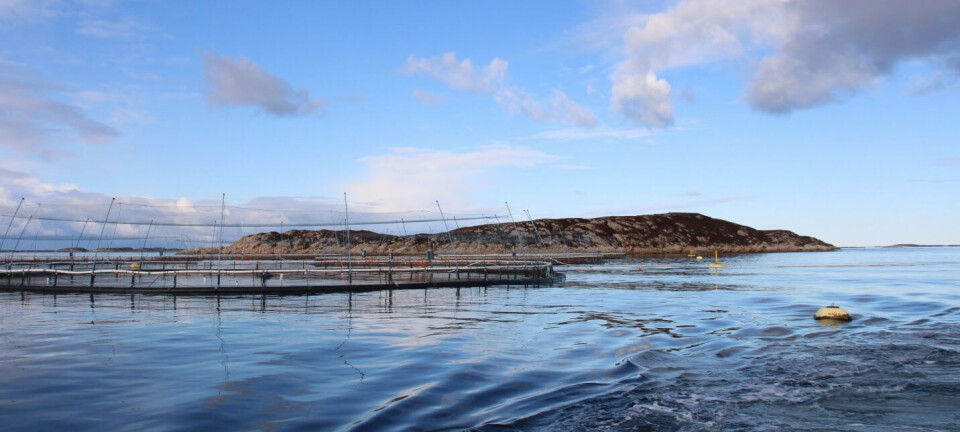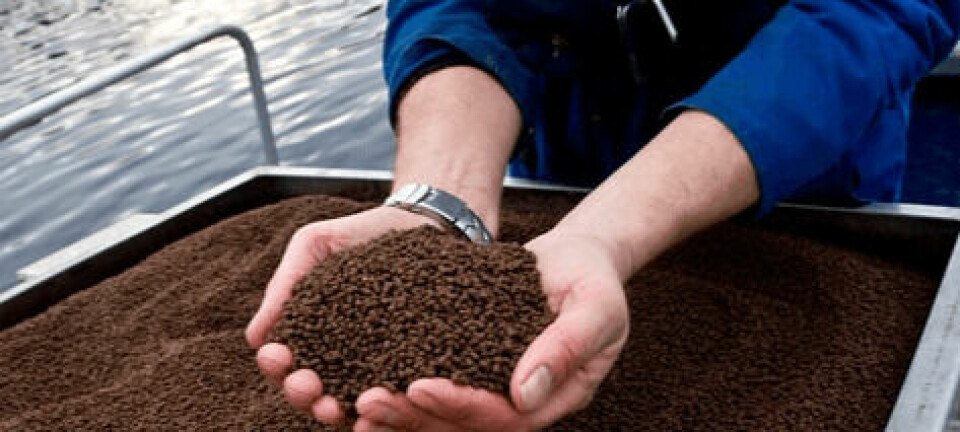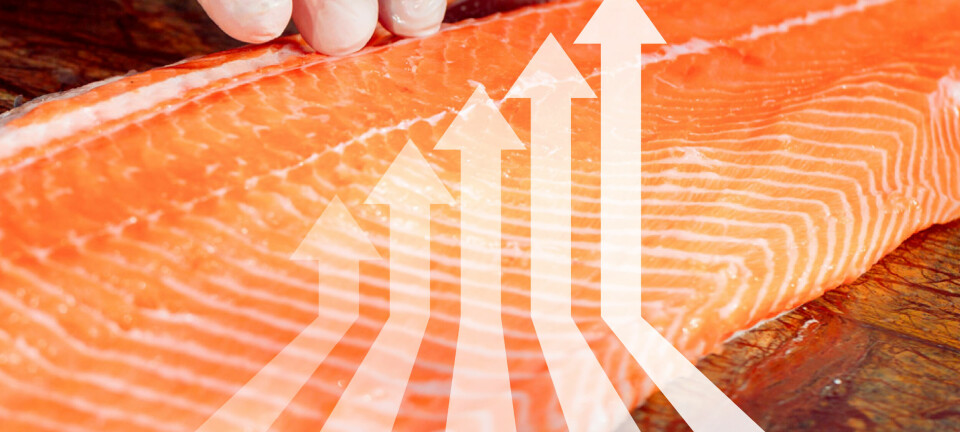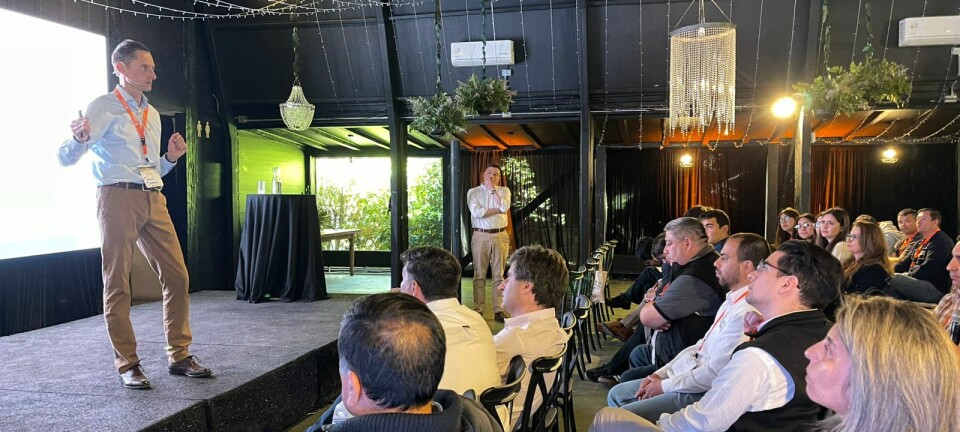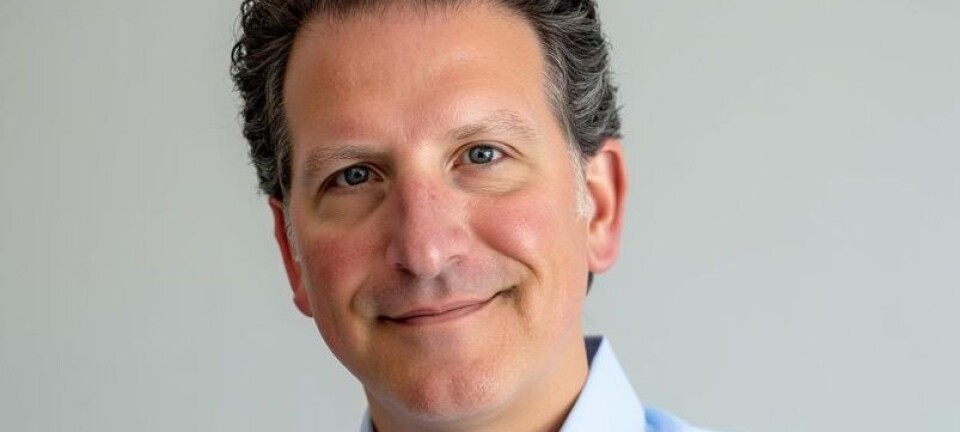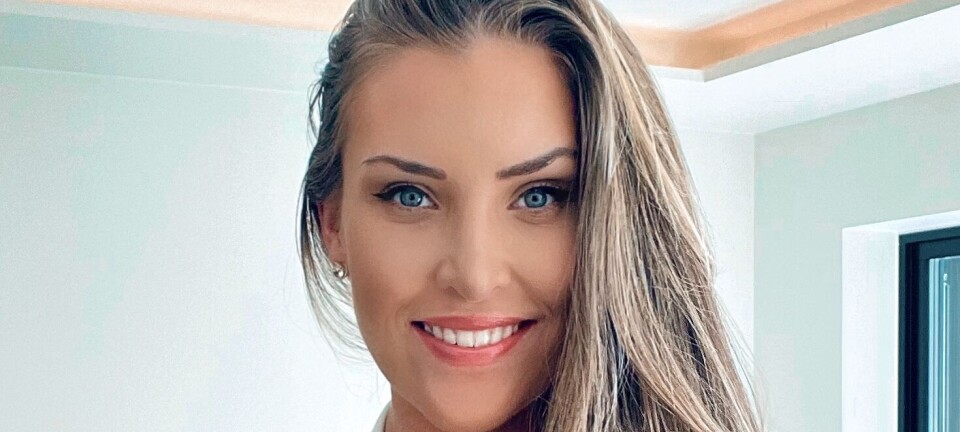Want to cap aquaculture to five percent
Tor-Eddie Fossbakk The recommendation was made to the Coastal Resources Management Council (CRMC) earlier this month by the biological subcommittee of the CRMC’s Working Group on Aquaculture Regulations, according to The Providence Journal online. The meeting made no decision and requested that more research be done. The committee based its recommendation on the biological carrying capacity of local waters for shellfishing on studies done elsewhere. It recommended seeking funding for studies of local carrying capacities and doing more to monitor diseases for local fish farmers, who almost exclusively raise shellfish. There has been some opposition from residents using Winnapaug Pond in Westerly and others using Point Judith Pond, which has the highest density of underwater platforms used to grow shell. Only about 110 acres of water in the entire state is currently used for aquaculture. The fish farms use just 0.037 percent of state waters, and about 1 percent of the coastal salt ponds. The farms’ pond use ranges from 0.25 percent of Ninigret Pond to 2.5 percent of Point Judith Pond. Shellfish aquaculture, as it is practiced in Rhode Island, is commonly viewed to be beneficial for the environment. According to a report cited in the article, there has been no evidence that shellfish aquaculture is having negative environmental impacts and little reason to believe that further modest growth will have negative impacts in the future. Caption: The Rhode Island state shell is the quahog clam (Mercenaria mercenaries) and often used in local clam chowder.




















